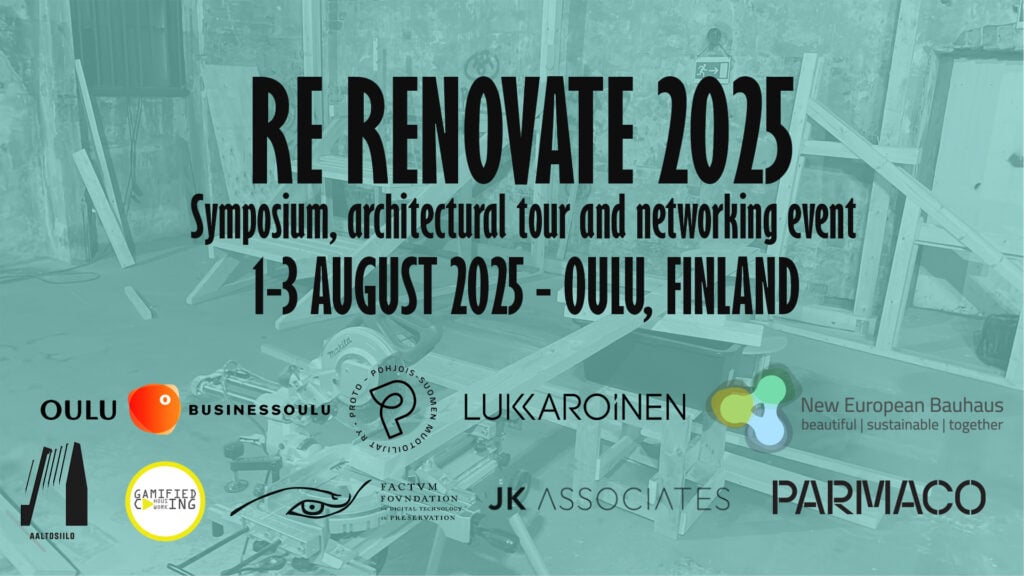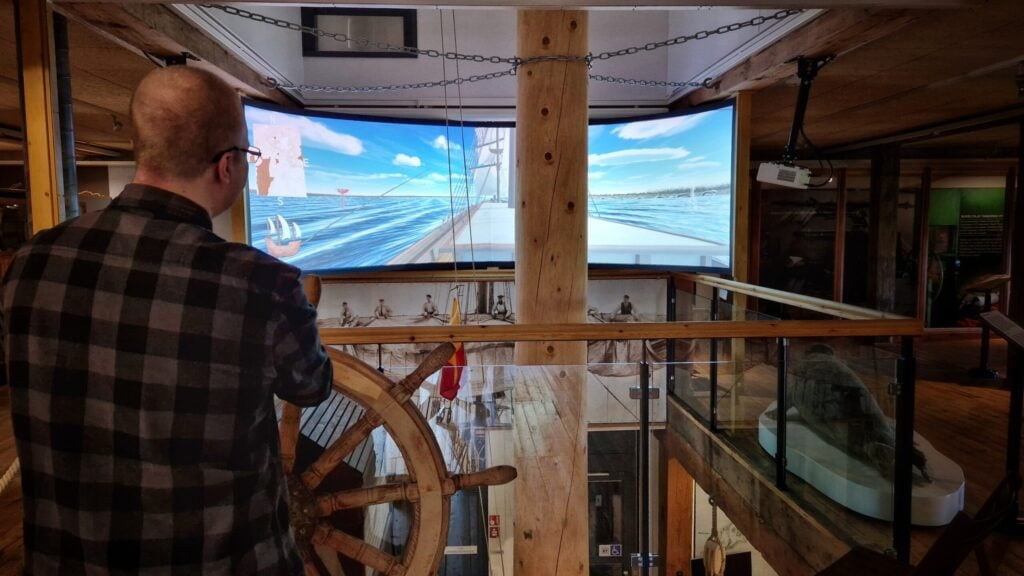
The biggest city in Turkey, Istanbul, with a population of over 15 million inhabitants, was one of the three European Capitals of Culture (ECoC) in 2010, together with Essen and the Ruhr region in Germany and the Hungarian city Pécs. The biggest investment, and perhaps the greatest success of the ECoC project for Istanbul, was the restoration and renovation of cultural and industrial heritage, most notably the restoration of the four UNESCO World Heritage Sites located on Istanbul’s historic peninsula: the Land Walls of Theodosius, Zeyrek Neighbourhood, Süleymaniye Neighbourhood and the Archaeological Park of Sultanahmet. This project included restoring the Saint Sophia Museum, sections of Topkapı Palace, development of Sultanahmet Square and the creation of a Management Plan for the Istanbul Historic Peninsula.
Istanbul 2010 may be considered a success also from the point of view of the size, scale and diversity of cultural events organized, as hundreds of cultural events took place in the Istanbul region during the ECoC project. According to a survey 70% of residents felt that the cultural offering in Istanbul had increased in 2010. The European Capital of Culture programme can be judged to have increased the residents’ interest in cultural events, as 58% of respondents to an inquiry that had participated in an ECoC event said that they would attend cultural events in the future as well due to the positive experience. Not only the demand for culture has increased, but statistics show that also cultural supply has soared. This can be seen in the number of companies working in the cultural and creative fields in Istanbul, which increased from 19, 493 to 23, 918 between 2009 and 2011, a 23% rise.
The European Capital of Culture programme may also be credited for increased tourism in Istanbul as the number of foreign visitors increased by 11% between 2009 and 2010. Also, the number of overnight stays by Turkish visitors in the city increased by 4% during the same time period. 15% of tourists who responded to a survey stated that the ECoC had had at least some impact on their decision to visit Istanbul.
One of the main goals of Istanbul 2010 was to create connections between Istanbul, Turkey and the rest of Europe through cultural collaboration and shared experiences. This target can be estimated to have been reached, at least in some respect, as according to a survey 59% of the locals felt that their outlook on European culture changed in a positive way due to the ECoC programme. The programme included collaborations with artists and operators from numerous countries. There was notable cooperation especially with the other titleholders for 2010, Essen and the Ruhr region and Pécs. Many Turkish artists performed in events in the other ECoC cities, and films from Essen and the Ruhr region and Pécs were shown in Istanbul. There were also numerous collaborations between different cities across Europe. The “41°-29° Istanbul Network”, for instance, consisted of 15 cities in Europe that created possibilities for intercultural collaboration between young artists. Furthermore, many of the 39 municipalities in Istanbul participated in cultural collaboration projects with their sister cities in Europe and elsewhere in the world for the first time ever. In addition, the cultural diversity of Istanbul was celebrated for example with shared cultural activities between the different cultural and ethnic groups, such as the majority Muslim community and the minority Jewish, Greek and Armenian communities, and other smaller groups.
In conclusion, Istanbul managed to renovate and reconstruct valuable culture sites that needed repairing in order to provide cultural services and experiences for future generations. Furthermore, the cultural demand and supply increased in Istanbul, at least partially due to the European Capital of Culture programme, which increased locals’ interest in cultural events and developed Istanbul as a culture city by supporting the creation of new companies in cultural and creative fields. Moreover, tourism increased in Istanbul, bringing financial benefits and further strengthening the city’s image as a vibrant culture destination in Europe. Finally, intercultural cooperation within Istanbul, as well as with European and global partners, contributed to the goal of bridging gaps between different cultural and ethnic groups and celebrating cultural diversity. In the end, Istanbul’s 2010 ECoC programme can be viewed as a success from many perspectives and will hopefully have created long lasting benefits for the city and motivate future ECoCs to strive towards reaching similar positive changes on several fronts.
References



